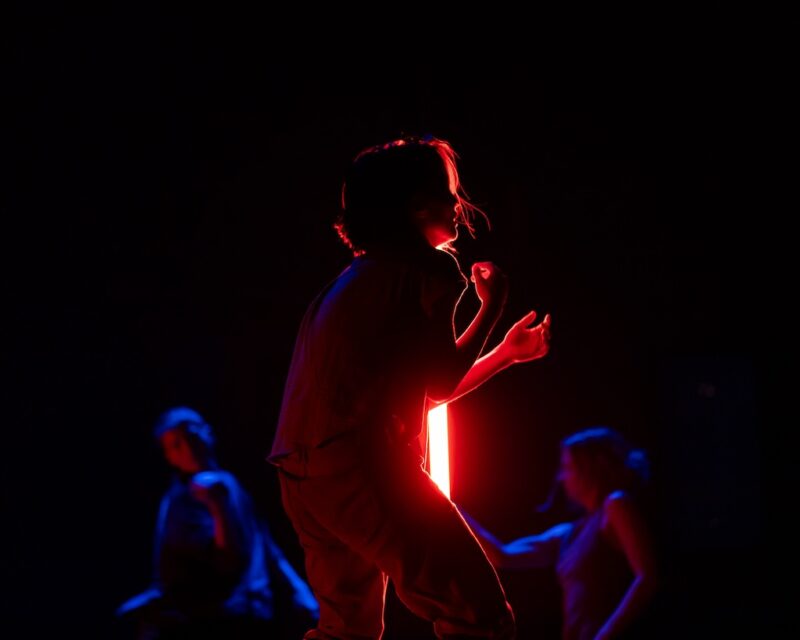Seeing Now: Photography Since 1960
Photography has a complicated relationship with the truth. As the medium evolved over the 19th century, it became the most efficient way to document events, people, and places. For most of its existence, photography has been widely believed to be an accurate and ‘true’ medium, synonymous with factuality and admissible as evidence in a court of law. However, digging beneath the surface of even the earliest Daguerreotypes reveals a layer of artificiality, of fictionalizing historic events (think Matthew Brady’s posed shots of dead Civil War Soldiers), and of deliberately altering the facts.
Photography today is still a viable form of journalism and a tool for political activism, but its unquestioned veracity has eroded, especially over the past fifty years. Rather than using photography as a documentary tool, artists have embraced the medium and exploited its ability to blend an immediate visual connection with invented, imagined, or enhanced scenarios. What was once believed to be a simple, captured image, is now understood to be a complex and biased expression. It is no surprise that artists have found contemporary photography to be a fertile playground for questioning ideas about social issues, aesthetics, identity, and, even, the technical nature of seeing.
Seeing Now: Photography Since 1960 at the Baltimore Museum of Art is a comprehensive survey of photography’s inspired and odd evolution over the past fifty years. Featuring over 200 prints by almost 70 different artists, the exhibit is a who’s who of contemporary photography, including big names like Cindy Sherman, Diane Arbus, Gary Winogrand, and Robert Frank. Beyond the thrill of seeing so many famous photographers in one place, the exhibit thoroughly explores the emotional power, versatile nature, and technical subtlety that photographic images hold. In addition, Seeing Now seeks to investigate the inverse: the ways that photography has altered the ways that we see and perceive in the modern age. The show is organized into five thematic sections, rather than a chronological timeline, in order to maximize conceptual connections between disparate photographs.
In the “Seeing Pictures” section, a number of seemingly unrelated works explore photography’s ability to misconstrue previously held truths. Carrie Mae Weem’s From Here I Saw What Happened and I Cried depicts antique photos of tribal Africans and black American slaves with the artist’s text superimposed over the images. Contrasting images previously used to depict “truth” with a modern perspective not only highlights the historical bias towards such images, it shows the way photography has been used to subjugate and educate – sometimes, incorrectly – throughout history. Mickalene Thomas’ Le dejeuner sur l’herbe: Les Trois Femmes Noires offers a modern reaction to the scandalous Manet painting which depicted a nude and semi-clothed woman at a picnic with two clothed men. Utilizing saturated color photography, Thomas updates the image: three African-American women pose like the original subjects, but engage the viewer with a proud, frontal stare.
The “Seeing People” section of the exhibit investigates photography’s ability to delve into private moments. Danny Lyon’s Conversations with the Dead series brings a sympathetic perspective to men serving life sentences in six Texas prisons. This portrait is complicated by the artist’s depiction of the men’s muscular, athletic bodies, often nude or partially clothed, which adds an uncomfortable level of vulnerability as well as sexual tension. In a similar vein, Sally Mann’s The Last Time Emmett Modeled Nude portrays her son at the verge of puberty. Standing naked, waist-deep in dark, sparkling water, the boy’s gaze expresses innocence behind guarded eyes. One senses the intimate bond of trust between subject and photographer in both Lyons’ and Mann’s depictions, as well as the implications of this complex relationship.
The last section of the exhibit, “Seeing Photography” investigates the unique abilities of the medium to exist as its own subject matter. Hiroshi Sugimoto’s Arctic Ocean, Nordkapp appears to be a rectangle bisected into two, horizontal halves. Closer inspection reveals that the image is actually sky, horizon, and ocean. Sugimoto exposed his film over long periods of time, rather than brief moments, to capture an unreal, timeless quality. Subtle changes in air, light, and water are visible in this photo, but it’s main subject is actually the way photography can alter our perception of time.
Seeing Now at the Baltimore Museum of Art is an opportunity to experience a trove of psychologically rich, often confrontational, and contradictory images. Like the people, places, and events these photos depict, the approaches to the media are widely varied. Rather than depicting one, unified “truth,” this exhibit reinforces the ability of photographers to communicate their own nuanced versions of reality, as well as to construct alternate versions of it. As photography continues to evolve to meet the needs of the present and the future, one fact remains constant: the versatility of the medium allows for an unparalleled expression of conceptual, technical, and emotional information.
At the BMA from February 20 – May 15, 2011. Also, don’t miss the February 26 Artist Talk with Contemporary Photographers Philip-Lorca diCorcia & Robin Rhode.




